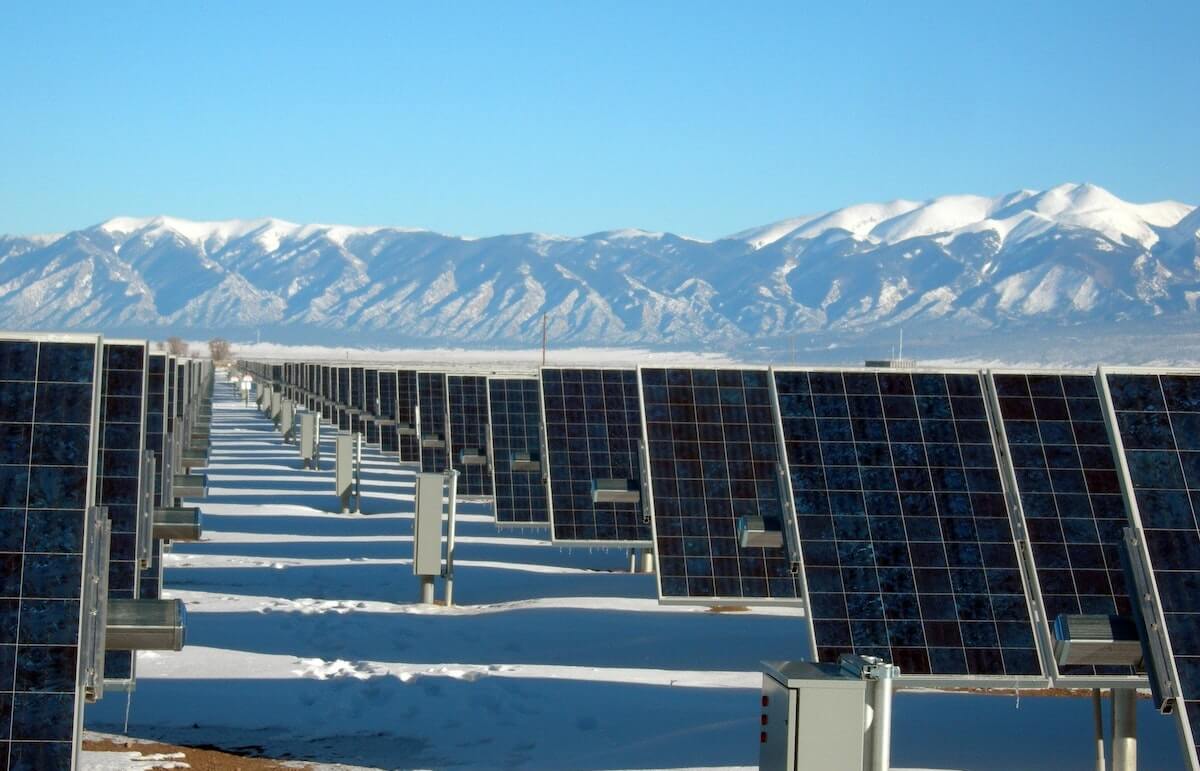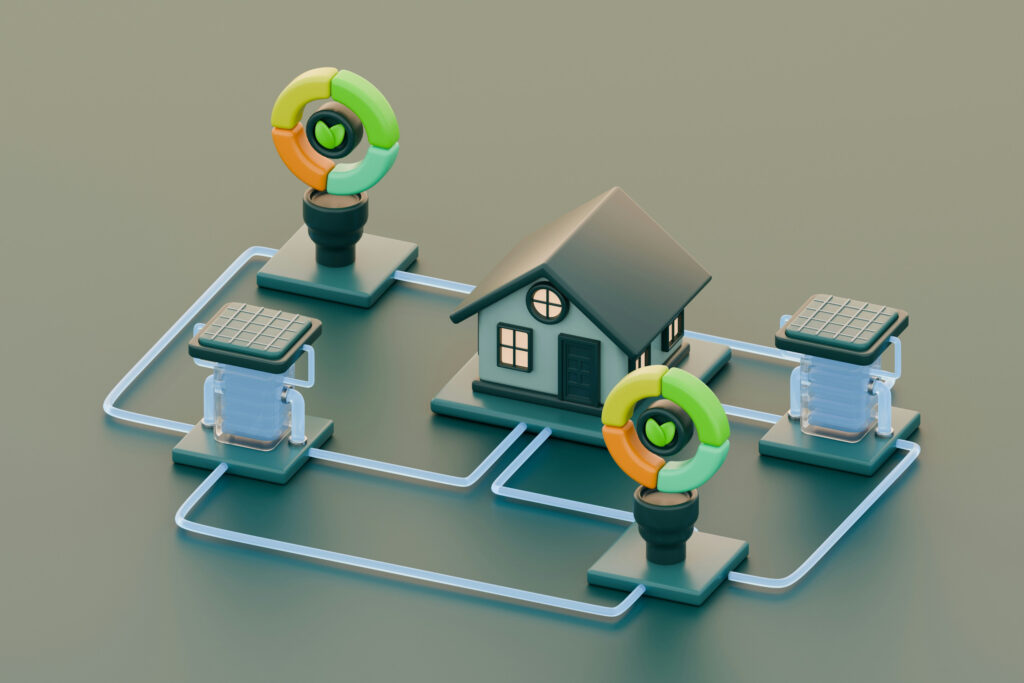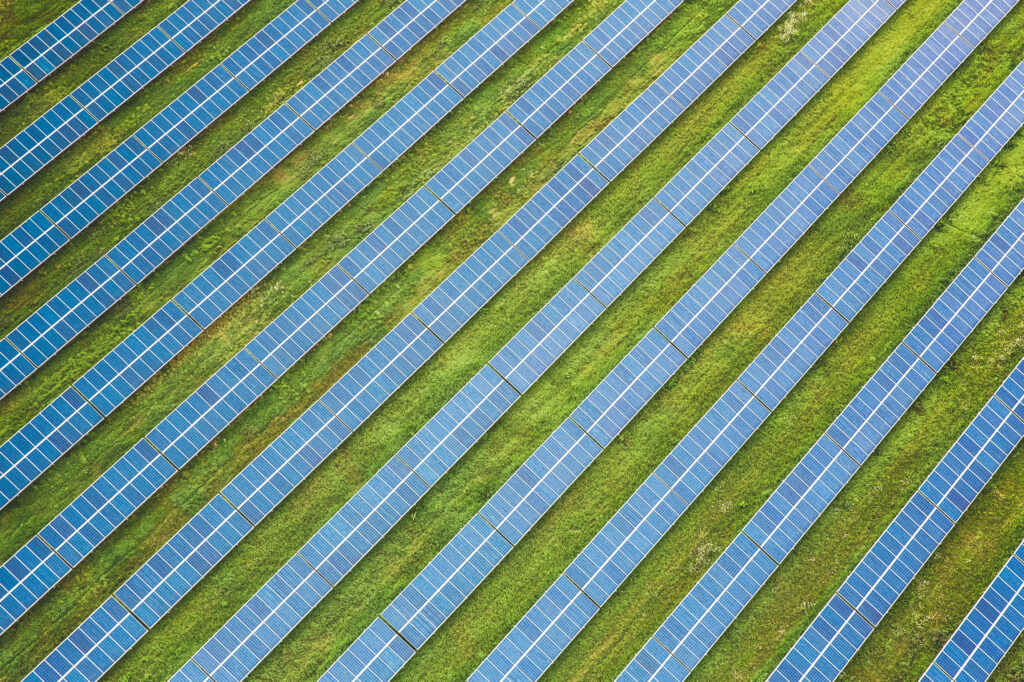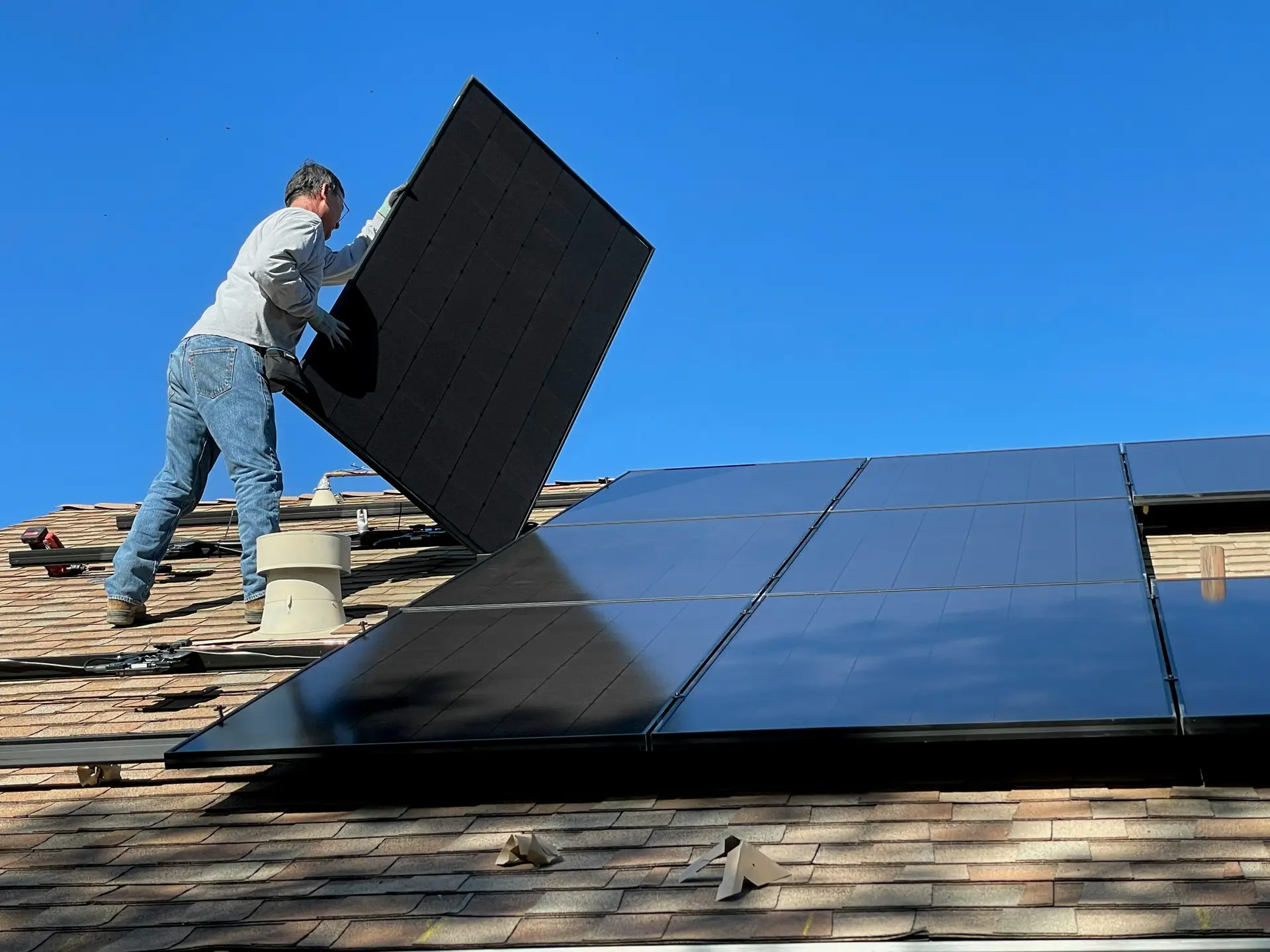
What is Solar Energy?
Solar energy is changing how we power our world. It’s a clean, renewable option instead of using fossil fuels. As worries about climate change and energy security increase worldwide, more countries, businesses, and people are using solar power. This helps cut down on carbon emissions and decreases our need for resources that won’t last forever.
Technology has improved quickly, making solar energy cheaper and easier to use. It’s also creating new jobs in eco-friendly industries. Whether it’s lowering electricity bills for homeowners or running big solar farms, solar energy is building a future that’s good for the environment. It’s a big part of the global move toward clean energy solutions.
How does solar create energy?
Solar power is made by capturing sunlight and turning it into electricity. This happens through a process called photovoltaics (PV). Solar panels are made up of many small parts called photovoltaic cells. These cells are usually made of silicon, a material that reacts to sunlight. When sunlight hits the cells, tiny particles of light called photons cause the cells to release electrons, which creates an electric current. This type of electricity is called direct current (DC). An inverter then changes it into alternating current (AC), which is the kind of electricity homes and businesses use.
For bigger projects, like solar farms, a different system called concentrated solar power (CSP) might be used. CSP systems use mirrors or lenses to focus sunlight onto a small area, creating heat. This heat is used to make steam, which spins a turbine connected to an electric generator. Whether it’s through PV cells or CSP systems, solar power is a clean and renewable way to make electricity without polluting the air or using up natural resources.
How does solar work?
Solar power works by turning sunlight into electricity through something called the photovoltaic effect. This process happens inside solar panels, which are made of many small photovoltaic (PV) cells. These cells are usually made from a material like silicon, which is a type of semiconductor. When sunlight hits the PV cells, the energy from the sunlight excites the electrons in the material, causing them to move. This movement creates an electric current.
The electricity made by the PV cells is called direct current (DC). It goes to a device called an inverter, which changes it into alternating current (AC). AC electricity is the kind we use to power homes, businesses, and appliances. The energy can be used right away, stored in batteries for later, or sent back to the electrical grid. Some systems let you sell extra electricity to utility companies through a process called net metering.
In simple terms, the photovoltaic effect is how solar panels turn sunlight into usable electricity, making solar power a clean and sustainable energy choice.

Solar Panels: These are made up of many smaller units called solar cells, usually made from silicon. When sunlight hits these cells, it knocks electrons loose from their atoms.
Electric Current: Once the electrons are freed, they start moving around, creating an electric current. This current can be harnessed to power your home or stored in batteries for later use.
Inverter: The electric current generated by the solar panels is direct current (DC), but most homes use alternating current (AC). An inverter converts DC to AC, allowing you to use the energy in your home.
Usage: Once converted, the electricity can power lights, appliances, and other devices. If you generate more electricity than you need, you might be able to sell it back to the grid—a process called net metering.
Storage: If you have a battery storage system, any excess energy can be stored for use during the night or on cloudy days.
Types of Solar Energy
There are three main types of solar energy: Solar Photovoltaic (PV) Energy, Concentrated Solar Power (CSP), and Solar Thermal Energy, each using sunlight in unique ways to generate power or heat.
Solar Photovoltaic (PV) Energy is the most widely recognized form, where solar panels convert sunlight directly into electricity through the photovoltaic effect. PV systems are commonly installed on rooftops, in residential, commercial, and industrial settings. These panels capture sunlight and generate electricity that can be used immediately, stored in batteries, or sent back to the grid. The versatility and scalability of PV technology make it popular for everything from small household systems to large solar farms that power entire cities.
Concentrated Solar Power (CSP) focuses sunlight using mirrors or lenses onto a small area to produce heat, which is then used to generate steam that drives a turbine to produce electricity. CSP systems are typically found in large-scale solar farms and are most effective in areas with consistent, strong sunlight. Unlike PV, CSP often includes thermal energy storage, enabling it to provide power even when the sun isn’t shining.
Solar Thermal Energy is another important type, which uses sunlight to heat water or air directly. Solar thermal systems, like solar water heaters, are often used in homes and businesses to provide hot water for showers, pools, or space heating. Instead of generating electricity, these systems capture solar energy to produce heat, offering a simple and cost-effective way to harness solar power for daily use.
Solar at Work
Let’s take a look at some real-world examples of solar energy in action across different sectors:
Home Solar Systems: Many homeowners are now installing solar panels on their rooftops to harness the sun’s energy for personal use. In sunny areas like California or Utah, these systems can significantly reduce electricity bills and even provide enough power to run the entire household. With net metering, excess electricity generated can be sent back to the grid, earning credits or lowering utility costs even further. Home solar systems are a prime example of how individuals can take control of their energy usage while reducing their carbon footprint.
Solar Farms: Large-scale solar farms, also known as solar power plants, generate electricity for hundreds or even thousands of homes. These farms consist of vast arrays of solar panels, often installed in rural or desert areas with abundant sunlight. One notable example is the Copper Mountain Solar Facility in Nevada, one of the largest solar farms in the U.S., producing enough electricity to power over 100,000 homes. Solar farms play a critical role in meeting energy demand on a large scale, providing clean and renewable electricity to communities and industries.

Solar-Powered Gadgets: Solar energy isn’t just for homes and power plants—it’s also used in smaller, everyday gadgets. You’ve likely seen solar-powered garden lights, calculators, or portable chargers, all of which use tiny solar cells to generate electricity. While these gadgets don’t require much energy, they demonstrate the versatility of solar power. By integrating solar technology into small devices, we reduce the need for batteries and non-renewable energy sources, making solar power more accessible for practical, everyday use.
Solar Cars and Transportation: The transportation sector is also exploring solar power’s potential. While solar-powered vehicles are not yet mainstream, prototypes like the Solar Impulse airplane and solar-powered cars have showcased the viability of solar energy in transportation. These vehicles use solar panels to convert sunlight into electricity, which powers their engines or extends their battery life. Although still in development, these innovations point toward a future where solar energy could reduce reliance on fossil fuels in cars, planes, and other forms of transportation.
Benefits of Solar Power
Why are so many people and businesses excited about solar energy? There are plenty of benefits for solar, but these are the most reported reasons why people make the switch.
Renewable: Solar energy is both abundant and renewable, making it a sustainable choice for the future. Unlike fossil fuels, which are finite and can contribute to environmental degradation, we won’t run out of sunlight anytime soon. As long as the sun shines, we can harness its energy for power, ensuring a consistent and reliable energy source.
Electric Power Bill Savings: One of the most immediate advantages of adopting solar energy is the potential for significant savings on electricity bills. By generating your own power, homeowners and businesses can reduce their reliance on the grid, leading to lower monthly expenses. In many cases, solar installations can even result in zero electricity bills, allowing users to redirect their savings toward other investments.
Eco-Friendly: Solar is an eco-friendly alternative to traditional energy sources, as it reduces greenhouse gas emissions and helps combat climate change. By using solar power, individuals and organizations contribute to a cleaner environment, decreasing their carbon footprint and promoting sustainability. This shift toward renewable energy sources plays a crucial role in protecting our planet for future generations.
Energy Independence: Generating your own electricity through solar power means greater energy independence. By reducing reliance on utility companies, you can have more control over your energy costs and consumption. This independence not only leads to potential savings but also enhances resilience against rising energy prices and fluctuations in the energy market.
Job Creation: The solar industry is rapidly growing, creating numerous jobs in various sectors, including manufacturing, installation, and maintenance. As more people and businesses invest in solar technology, the demand for skilled workers in this field continues to rise. This job creation not only supports local economies but also contributes to the transition toward a sustainable energy future.
Solar energy is more than just a trend; it’s a powerful solution for a sustainable future. Whether you’re considering solar panels for your home or just curious about how we can harness the sun’s power, it’s clear that solar energy has the potential to change our energy landscape.
So next time you’re soaking up the sun, remember that it’s not just warming your skin; it’s also powering the world around you. Isn’t it amazing how something as simple as sunlight can lead to such profound changes?



